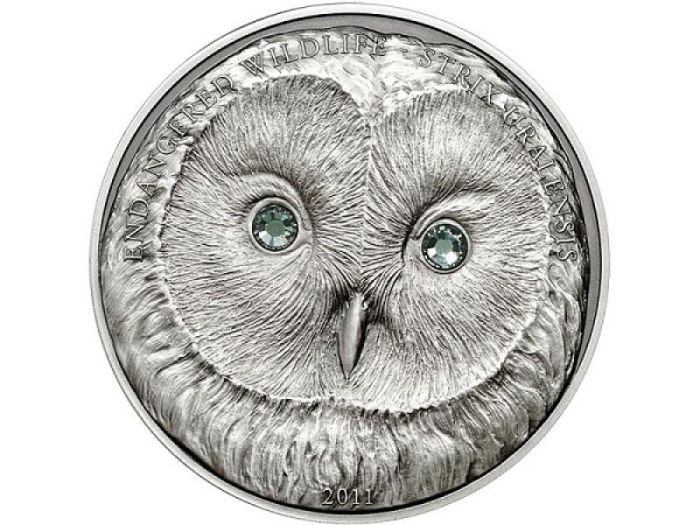|
|
Unusual Coins
|
Features of modern coins
Circulating coins commonly suffered from "shaving" or "clipping", by which persons would cut off small amounts of precious metal from their edges to form new coins. Unmilled British sterling silver coins were sometimes reduced to almost half their minted weight. This form of debasement in Tudor England was commented on by Sir Thomas Gresham, whose name was later attached to Gresham's Law. The monarch would have to periodically recall circulating coins, paying only bullion value of the silver, and reminting them. This, also known as recoinage, is a long and difficult process that was done only occasionally. While master of the Royal Mint, Isaac Newton came up with the idea of milling lines on the edges of coins to make it easier to detect coin clipping and to help reduce recoining. The milled, or reeded, edges are still found on many coins today.
Traditionally, the side of a coin carrying a bust of a monarch or other authority, or a national emblem, is called the obverse, or colloquially, heads. The other side is called the reverse, or colloquially, tails. However, the rule is violated in some cases. Another rule is that the side carrying the year of minting is the obverse, although some Chinese coins, most Canadian coins, the pre-2008 British 20p coin, and all Japanese coins, are exceptions.
|
|









